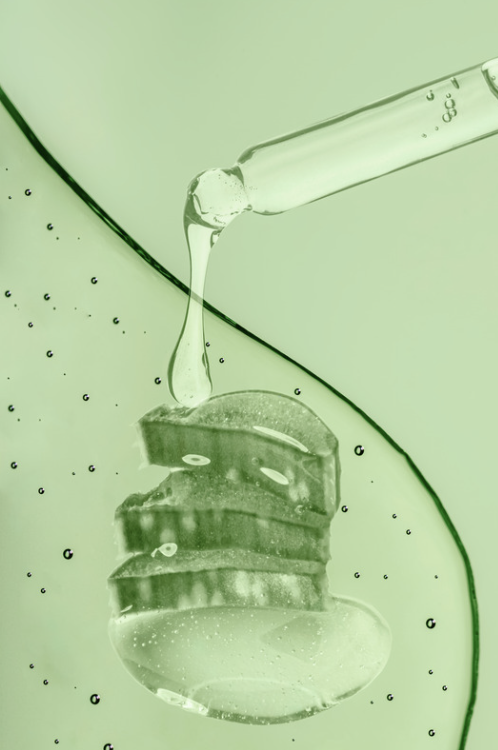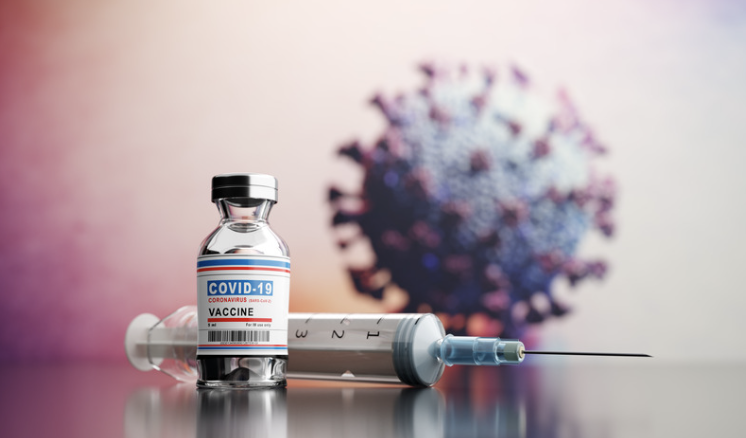
Mastering Homemade Aloe Vera Gel: Your Essential Step-by-Step Guide
Welcome to the ultimate guide on how to make homemade aloe vera gel! In this comprehensive article, we’ll explore everything you need to know about crafting your own aloe vera gel, from selecting the perfect plant to storage tips and beyond. Whether you’re a skincare enthusiast, a DIY lover, or simply curious about the benefits of aloe vera, you’re in the right place. Let’s dive in!
“Aloe vera is the plant of immortality. It’s truly a gift from the heavens.” – Cleopatra
What is Aloe Vera and Why is it Beneficial?
Aloe vera is a succulent plant known for its gel-filled leaves, which contain numerous vitamins, minerals, and antioxidants. Its soothing and healing properties make it a popular ingredient in skincare and health products.
The Healing Properties of Aloe Vera Gel
Aloe vera gel is renowned for its ability to soothe and moisturize the skin, making it ideal for treating sunburns, minor cuts, and skin irritations. It also has anti-inflammatory and antimicrobial properties that can aid in wound healing.
Aloe Vera Gel vs. Commercial Products: What’s the Difference?
While commercial aloe vera products may contain additives and preservatives, homemade aloe vera gel offers the advantage of being all-natural and free from synthetic ingredients. Additionally, freshly extracted gel may contain higher concentrations of active compounds.
The Importance of Using Fresh Aloe Vera
Freshly harvested aloe vera gel retains its potency and effectiveness, whereas processed or store-bought gels may have reduced therapeutic benefits due to oxidation and degradation of active compounds.
Getting Started with Homemade Aloe Vera Gel
Selecting the Right Aloe Vera Plant: Where to Find It and How to Choose the Best One
Aloe vera plants can be found at nurseries, garden centers, or online retailers. Look for plants with plump, green leaves free from blemishes or discoloration.
How to Grow Your Own Aloe Vera Plant at Home: Tips and Tricks
Aloe vera plants thrive in well-draining soil and bright, indirect sunlight. Water sparingly and avoid overwatering, as aloe vera is susceptible to root rot.
Harvesting Aloe Vera Leaves: When and How to Do It Safely
Wait until your aloe vera plant is mature before harvesting leaves. Use a sharp knife to cut leaves close to the base of the plant, taking care not to damage surrounding foliage.
Preparing Your Workspace: Hygiene and Safety Precautions
Wash your hands thoroughly and sanitize your workspace before handling aloe vera leaves. Cleanse leaves with water to remove any dirt or debris before extraction.


Homemade Aloe Vera Gel Recipe
Detailed Recipe: Step-by-Step Instructions for Making Aloe Vera Gel
- Ingredients Needed: Fresh aloe vera leaves
- Preparation Steps:
- Wash and sanitize your hands and workspace.
- Select mature aloe vera leaves and carefully remove them from the plant.
- Trim off the spiky edges of the leaves and rinse them under cold water to remove any dirt or debris.
- Use a sharp knife to fillet the leaves and extract the gel. Avoid scraping the yellow latex layer beneath the skin, as it may cause skin irritation.
- Transfer the gel to a clean container and blend until smooth.
- Store the gel in a sealed jar or container in the refrigerator for up to two weeks.
Storage Tips: How to Store Your Homemade Aloe Vera Gel for Longevity
To prolong the shelf life of your homemade aloe vera gel, store it in a sealed container in the refrigerator. Discard any gel that shows signs of spoilage, such as changes in color or odor.
Shelf Life and Signs of Spoilage: When to Discard Your Aloe Vera Gel
Homemade aloe vera gel typically has a shelf life of one to two weeks when stored properly in the refrigerator. Discard any gel that develops an off odor, changes in color, or mold growth.
Benefits and Uses of Homemade Aloe Vera Gel
Skincare Benefits: Soothing, Hydrating, and Nourishing Properties
Aloe vera gel is renowned for its ability to soothe and moisturize the skin, making it an excellent natural remedy for dryness, irritation, and inflammation. Its lightweight texture makes it suitable for all skin types, including sensitive and acne-prone skin.
Healing Properties: Treating Sunburns, Minor Cuts, and Skin Irritations
The cooling and anti-inflammatory properties of aloe vera gel make it effective in relieving sunburns, reducing redness, and promoting skin healing. It can also be used to soothe minor cuts, scrapes, insect bites, and other skin irritations.
Haircare Uses: Moisturizing Scalp Treatment, DIY Hair Masks, and More
Aloe vera gel can benefit the hair and scalp by moisturizing dry or itchy scalp, promoting hair growth, and enhancing hair texture. It can be used as a leave-in conditioner, scalp treatment, or ingredient in DIY hair masks and styling products.
Internal Health Benefits: Digestive Support and Immune System Boosting
When consumed internally, aloe vera gel may support digestive health by promoting regularity, soothing gastrointestinal discomfort, and maintaining a healthy gut microbiome. It also contains antioxidants that help boost the immune system and protect against oxidative stress.
Incorporating Homemade Aloe Vera Gel into Your Routine
How to Use Aloe Vera Gel for Skincare: Application Tips and Techniques
Apply a small amount of aloe vera gel to clean, dry skin and gently massage until absorbed. Use as a standalone moisturizer or layer under your favorite skincare products for added hydration and soothing benefits.
DIY Beauty Recipes: Face Masks, Serums, and Toners Featuring Aloe Vera
Get creative with homemade beauty recipes using aloe vera gel as a base ingredient. Try mixing it with honey, yogurt, or essential oils to create nourishing face masks, serums, and toners tailored to your skin’s needs.
Using Aloe Vera Gel for Haircare: Homemade Conditioners, Scalp Treatments, and Styling Products
Incorporate aloe vera gel into your haircare routine by applying it directly to the scalp as a moisturizing treatment or mixing it with other natural ingredients to create homemade conditioners, hair masks, and styling products.
Additional Uses and Tips
Other Uses for Aloe Vera: Household Cleaning, Insect Bite Relief, and More
Aloe vera gel has versatile uses beyond skincare and haircare. Use it as a natural alternative to commercial household cleaners, or apply it topically to soothe insect bites, minor burns, and rashes.
Aloe Vera for Common Skin Conditions: Acne, Eczema, Psoriasis, and Rosacea
While aloe vera gel can provide relief for many skin conditions, it may be particularly beneficial for soothing inflammation, reducing redness, and promoting healing in conditions such as acne, eczema, psoriasis, and rosacea.
Tips for Purchasing Aloe Vera Products: What to Look For and What to Avoid
When purchasing commercial aloe vera products, look for ones that contain high concentrations of pure aloe vera gel and minimal added ingredients. Avoid products that contain alcohol, artificial fragrances, or other potential irritants.
Congratulations, you’ve now mastered the art of making homemade aloe vera gel and unlocked its incredible healing powers! By incorporating this natural wonder into your skincare and health routines, you’ll experience firsthand the many benefits it has to offer. Whether you’re soothing sunburns, nourishing your skin and hair, or supporting your overall well-being, homemade aloe vera gel is sure to become a staple in your self-care arsenal. Start crafting your own aloe vera gel today and let nature’s healing balm transform your beauty and wellness journey.





